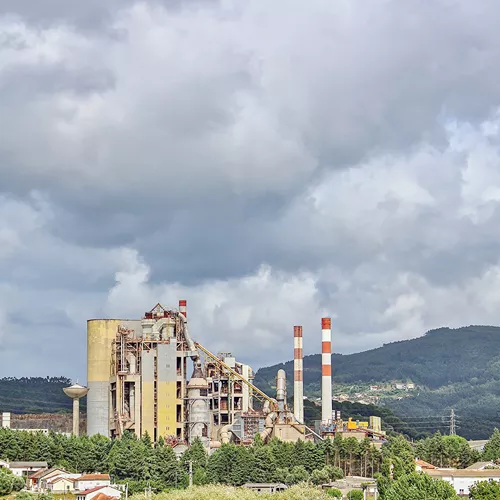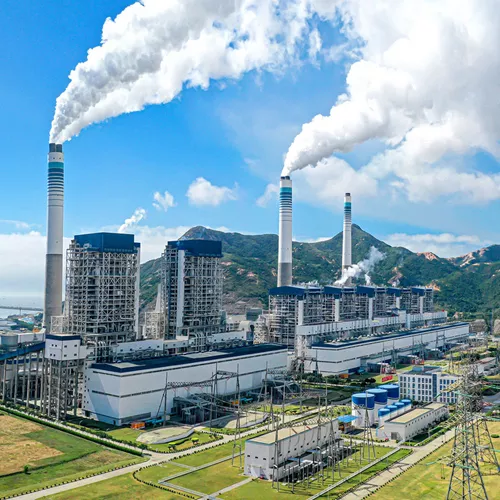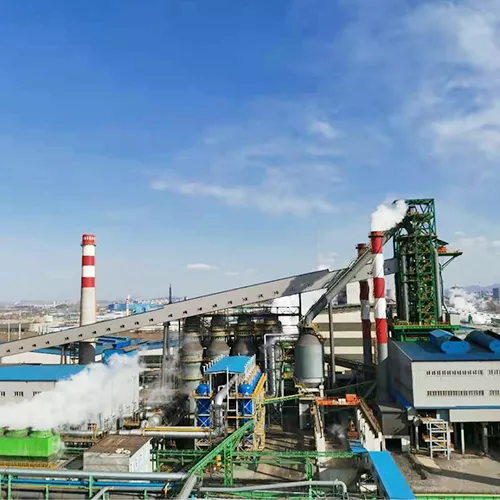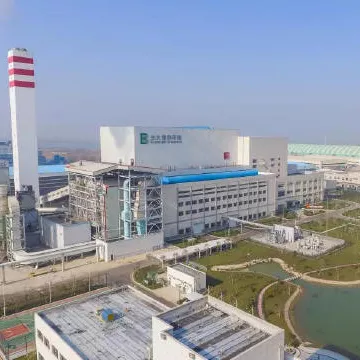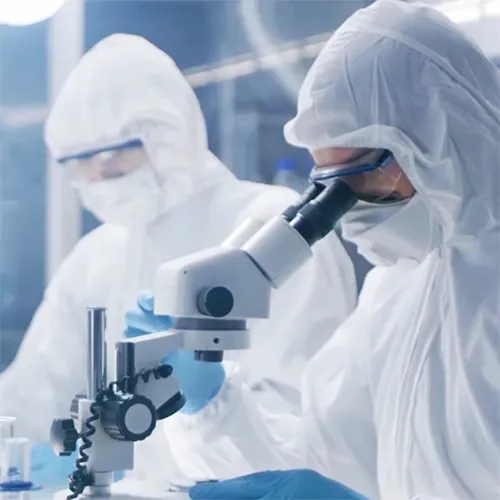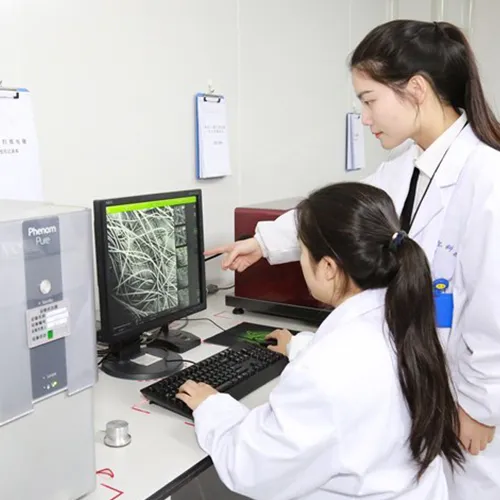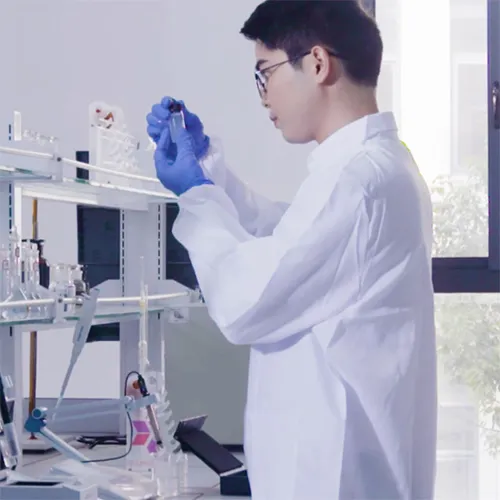International market trends of denitrification catalysts: environmental protection technology that transcends national boundaries
Environmental protection technology that transcends national boundaries, especially in the field of denitrification catalysts, has received widespread attention in recent years. Denitrification catalysts are mainly used to reduce nitrogen oxide (NOx) emissions from industries such as industry and transportation, helping countries achieve environmental protection goals and implement relevant regulations. Here are some observations on the international market dynamics of denitrification catalysts:
1. Global market demand growth
As the world’s attention to air quality continues to increase, countries have strengthened emission standards, especially developed countries and some emerging market countries. This has led to a steady increase in demand for denitrification catalysts. The market is expected to continue to expand in the next few years.
2. Technological progress
In recent years, the technology of denitrification catalysts has continued to advance. For example, the development of new materials and catalyst regeneration technology have improved the efficiency and service life of catalysts. At the same time, the production process of catalysts has become more environmentally friendly, reducing the emission of harmful substances in the production process.
3. Regional market differences
In different regions, the development model of the denitrification catalyst market is different. North America and Europe are relatively mature and the market competition is fierce; while the Asian market, especially the Chinese market, is developing rapidly and demand is growing strongly. The Chinese government’s environmental protection policies have promoted the mandatory requirements for denitrification technology, enabling related companies to actively deploy.

4. Policies and regulations
The tightening of environmental protection regulations in various countries around the world, coupled with the promotion of various international agreements (such as the Paris Agreement), has made the denitrification catalyst market a topic of great concern. Policy changes directly affect the application scope of catalysts and the direction of technical investment. Enterprises need to pay close attention to international policy trends.
5. Corporate cooperation and competition
In the international market, cooperation between enterprises is becoming more and more frequent. Many companies use joint ventures, cooperative research and development, and other methods to jointly develop new products and markets with their respective technological advantages. In addition, some small start-ups have rapidly risen through innovative technologies, increasing the intensity of market competition.
6. Sustainable development direction
The development of environmental protection technology is not limited to meeting regulatory requirements. More and more companies are beginning to pay attention to sustainable development. Innovation centered on regenerative catalysts and green production processes is becoming a new trend in the market, driving the denitrification catalyst industry towards a more environmentally friendly and sustainable direction.
7. Future prospects
In the future, with the global emphasis on environmental protection, the denitrification catalyst market is expected to continue to grow. The continuous emergence of new technologies and new materials will promote the development of this field and contribute to the improvement of global air quality.
Environmental protection technology that transcends national boundaries, especially denitrification catalysts, has shown strong development momentum in the international market and will continue to evolve in the future with technological advances and policy changes.






